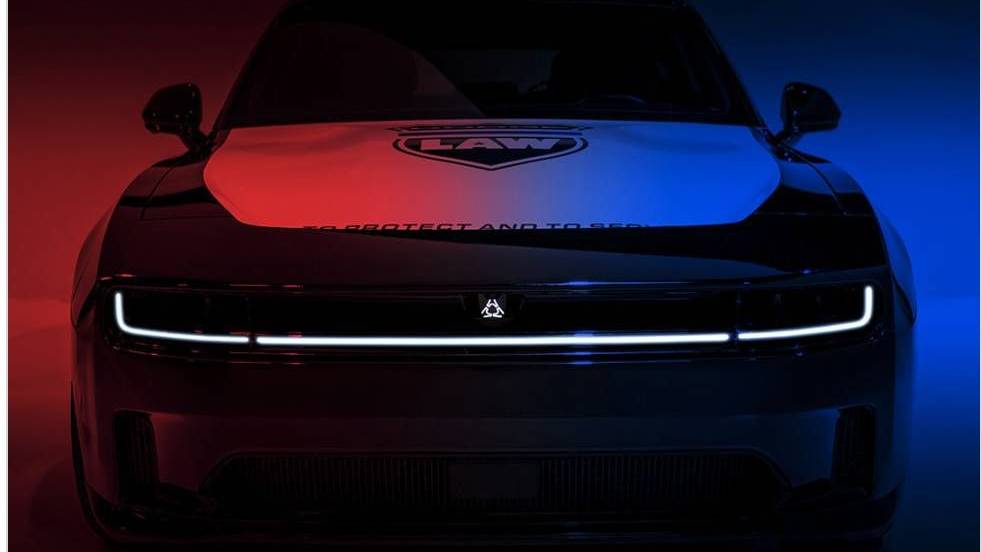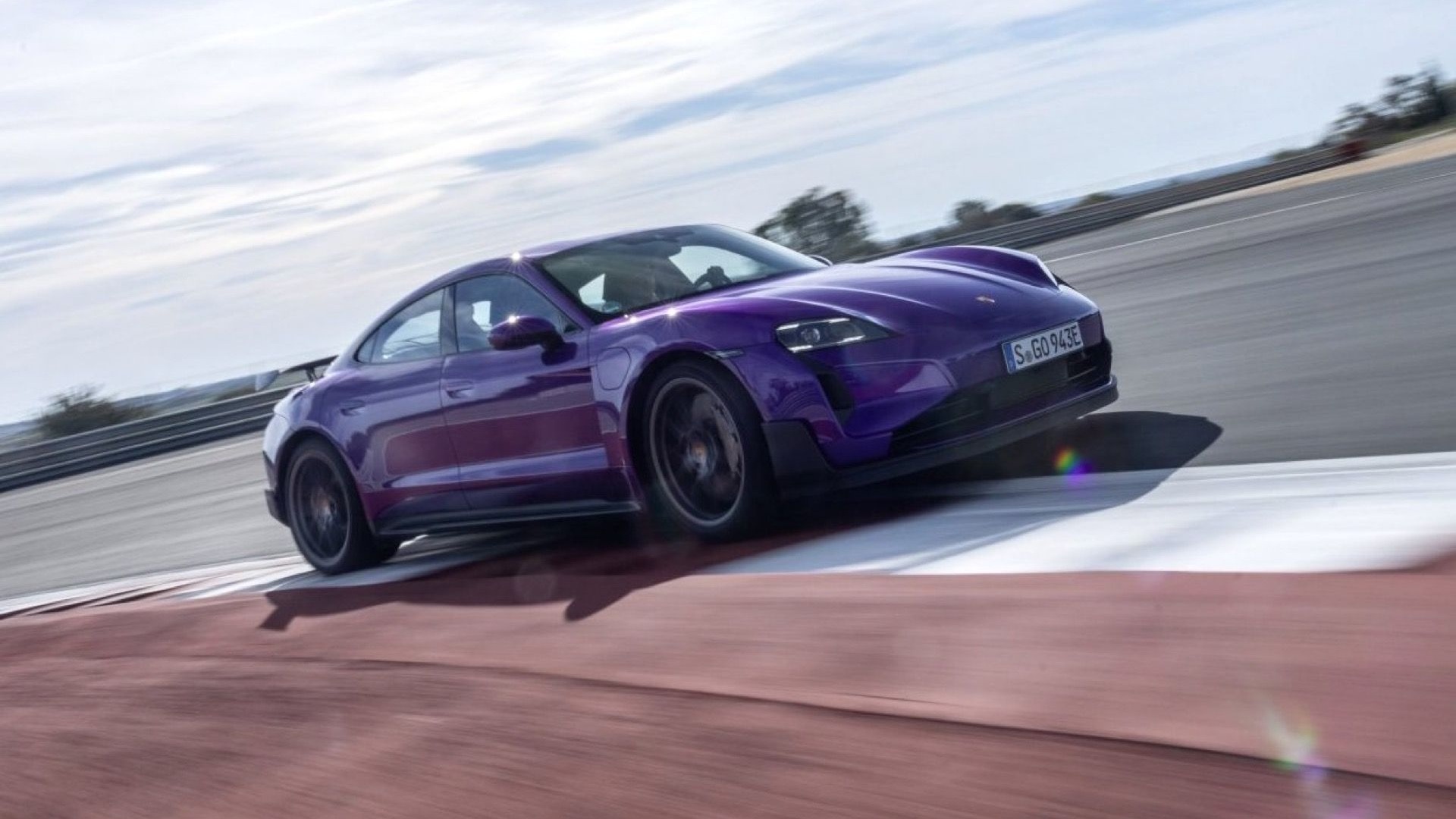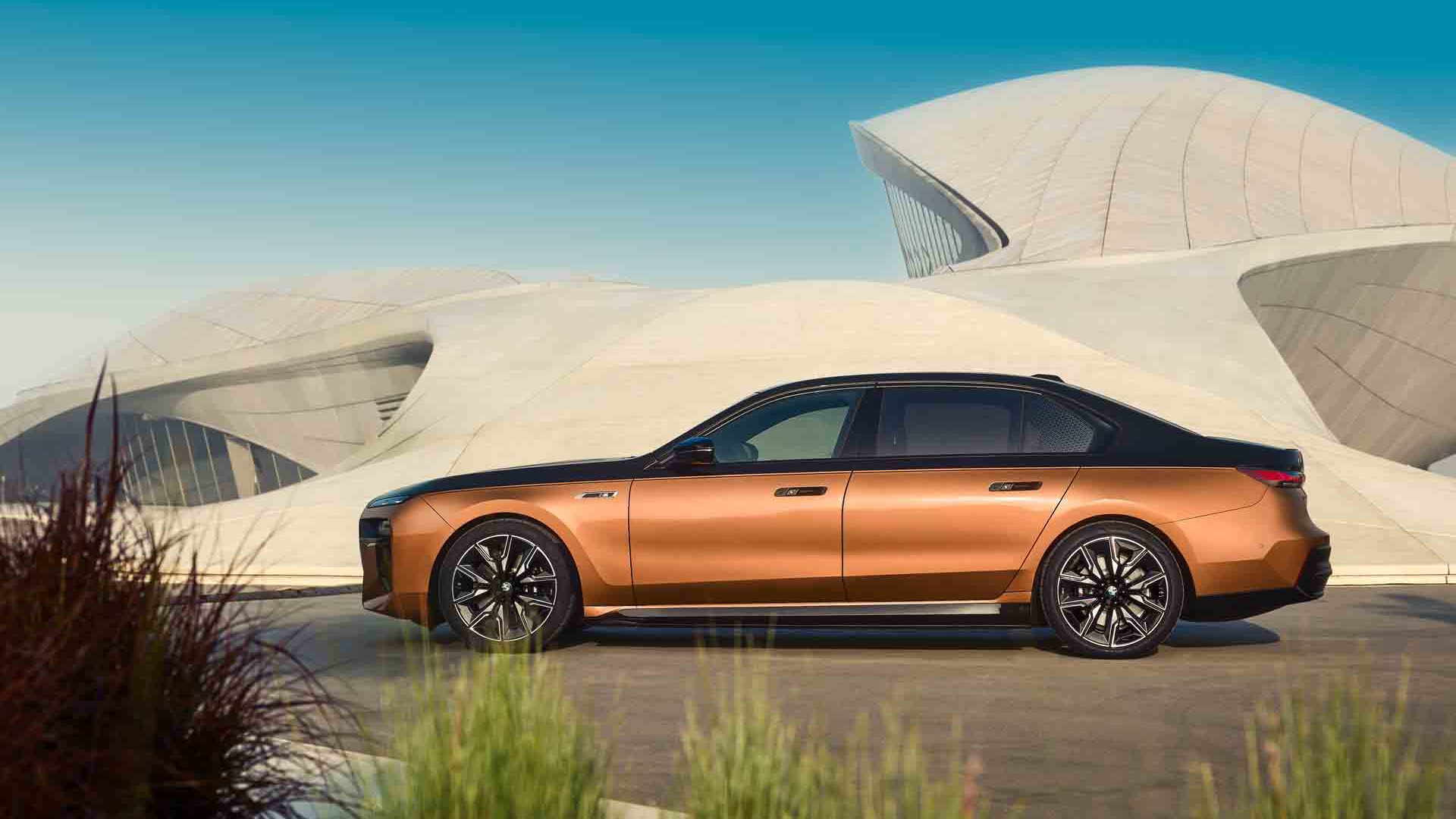Are plug-in hybrids an on-ramp to fully electric vehicles, or undue cost and complexity? Are they something consumers asked for, or something created by bureaucrats and regulators?
At least in some respects the answer includes all of the above. It’s complicated.
Plug-in hybrids’ greater complexity intended to pay off by greening the ownership experience for those who might be able to plug in most days but not be able to make an EV work based on road-trip charging concerns. They have an engine and, typically, a much larger battery than hybrids, good for covering the commute without using gasoline but affording the long driving range of a fuel tank.
If you don’t charge a plug-in hybrid, it will typically use a small portion of the battery with the engine and together function as a hybrid. And there’s much controversy over how often typical plug-in hybrid drivers actually plug in. A 2022 study from the International Council on Clean Transportation, tapping into U.S. data sources, found that plug-in hybrids are traveling 25-65% fewer miles than suggested by the EPA numbers on window stickers, and a European Commission study determined they were polluting more than assumed in real-world use. The EPA knows this and proposed a factor correcting for it in greenhouse-gas regulations, but given the latest EPA and CAFE standards, we’ll be seeing many more plug-in hybrids.
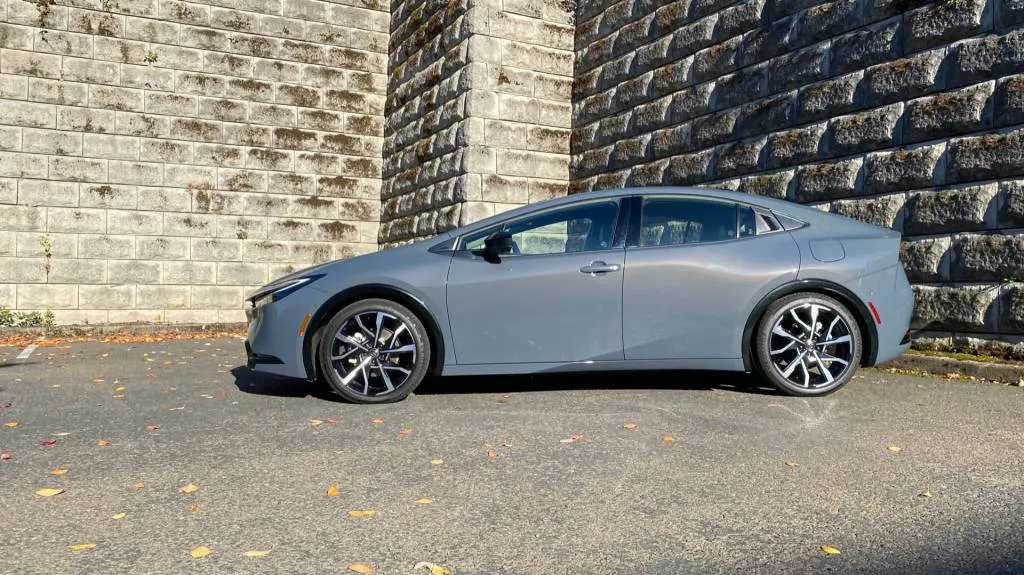
2024 Toyota Prius Prime
What can you expect from the next generation of upcoming plug-in hybrids? Generally speaking, because of California regulations as well as better battery technology, they’ll offer more electric miles—potentially a lot more, in the order of 50-70 electric miles for some models. Today, the Range Rover SE Plug-In Hybrid offers 51 miles, while there are a few more above 40 miles: The Toyota Prius Prime is at 44 electric miles, the Toyota RAV4 Prime goes 42 miles, and the Volvo S60 Recharge and its V60 counterpart both go 41 miles.
Future PHEVs will also aim to offer more of an electric-vehicle driving experience up front—meaning that as long as you have some charge in the plug-in battery, the gasoline engine will stay mostly off and out of the mix.
While we wait for more of those plug-in hybrids, here are the new or significantly upgraded PHEVs for the 2025 model year, as well as those set to arrive before the end of this calendar year.
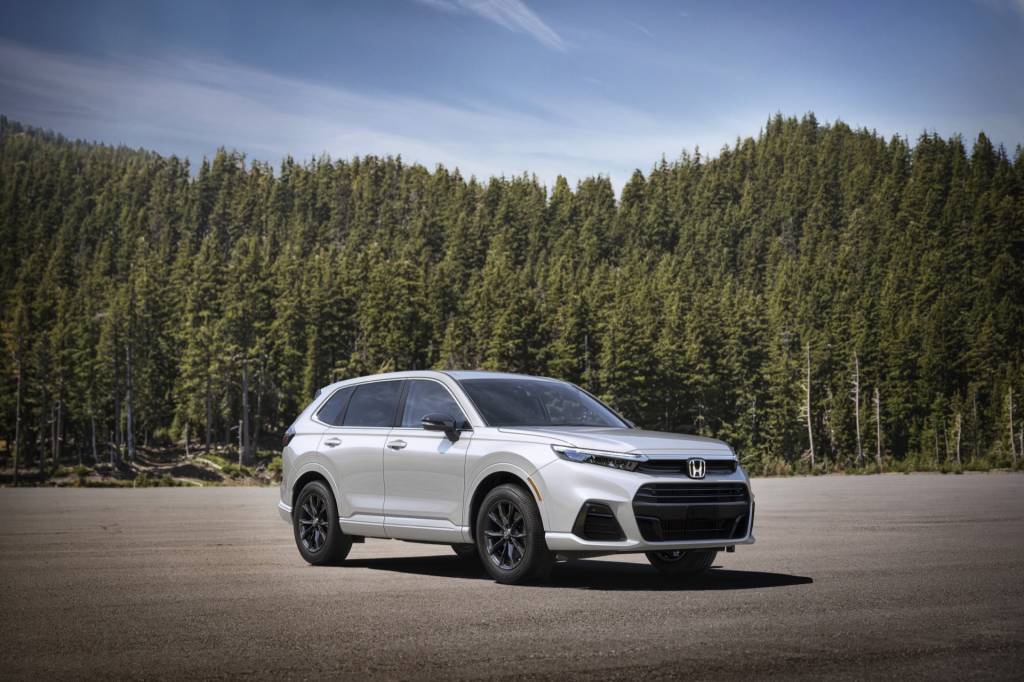
2025 Honda CR-V e:FCEV
Honda CR-V e:FCEV
Honda’s first plug-in hybrid for the U.S. in a number of years is a California-only affair and it doesn’t have a gasoline engine under the hood. Instead, a 92.2-kw hydrogen fuel-cell stack takes the place of an engine and generator in the 2025 Honda CR-V e:FCEV, producing electricity to help keep the big 14-kwh battery pack charged and providing 174 hp and 229 lb-ft of torque at the front wheels. You can also plug in the e:FCEV and drive it 29 miles on a full charge—which, given the not-entirely-reliable hydrogen supply, is a good backup to have.

2023 Hyundai Tucson Plug-In Hybrid
Hyundai Tucson
The 2025 Hyundai Tucson Plug-In Hybrid has received a sharper look, standard all-wheel drive, and a new infotainment screen influenced by the look inside the Ioniq 6 EV, all as part of a thorough refresh given to the whole Tucson lineup this year.
Altogether there are enough changes for it to make this list, and yet its plug-in hybrid powertrain has not changed, with a 72-kw electric motor not allowing fully electric driving quite all the time, even with a full charge of the 13.8-kwh battery pack allowing 33 electric miles. A 7.2-kwh onboard charger means it can rejuice in less than two hours with a Level 2 home charger, though, and its powertrain makes a combined 268 hp and 258 lb-ft of torque and gets 35 mpg once there’s no plug-in charge left.

2024 Jeep Gladiator
Jeep Gladiator 4xe
There’s been a lack of plug-in hybrid trucks in the U.S. market, and it was a bit unexpected to see Jeep step up as the first. The Gladiator plug-in hybrid has been confirmed for an arrival in calendar year 2025, with full details coming later this year. At minimum, look for the specs of the Wrangler 4xe, which has a 17.0-kwh battery pack, providing 21 electric miles. Its 2.0-liter turbo-4 and electric motor system, making a combined 375 hp and 400 lb-ft of torque, have already proven that off-road prowess won’t go away.
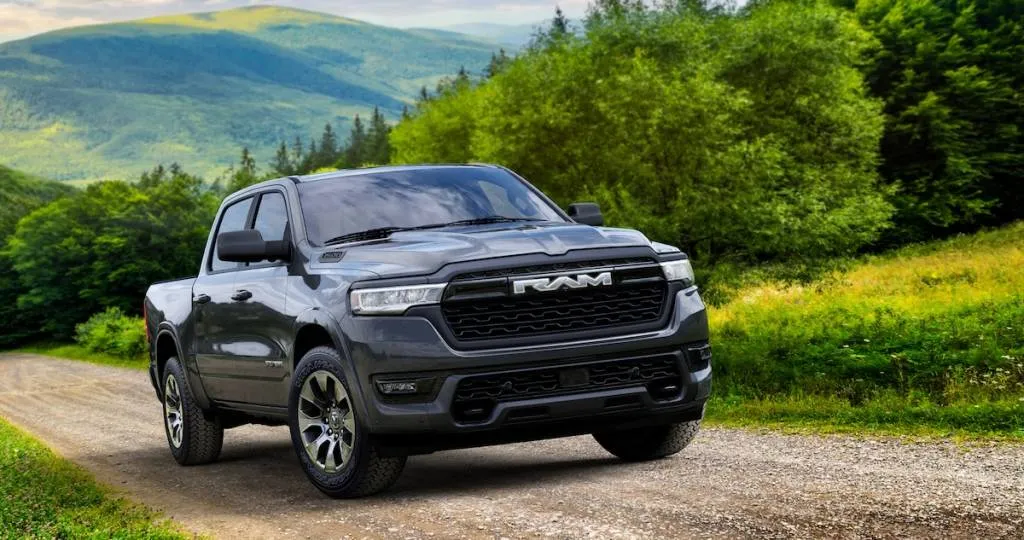
2025 Ram 1500 Ramcharger
Ram 1500 Ramcharger
The upcoming 2025 Ram 1500 Ramcharger is, by our definition, a plug-in hybrid. That’s because to get the most out of this truck, with its “class-shattering unlimited battery electric range,” as the brand sensationally put it, you’ll need a full tank of gas.
Yet it’s very different. The Ramcharger will be one of the market’s first plug-in series hybrids—meaning there won’t be any mechanical connection between the engine and drive wheels. With a 92-kwh battery pack, it should go a whopping 145 miles on electric-only battery power, then another 545 miles with the gasoline engine running as a generator, effectively functioning as a range-extender. The dual-motor propulsion system driving the truck with all-wheel drive will make a combined 663 hp and 619 lb-ft and, Ram says, will be fully up to the task for towing long distances.
Ram has said that the Ram 1500 Ramcharger will be a 2025 model, but it will arrive after the fully electric Ram 1500 REV that’s due in the fourth quarter of the year—so expect the Ramcharger at dealerships in early 2025.
2023 Jeep Grand Wagoneer L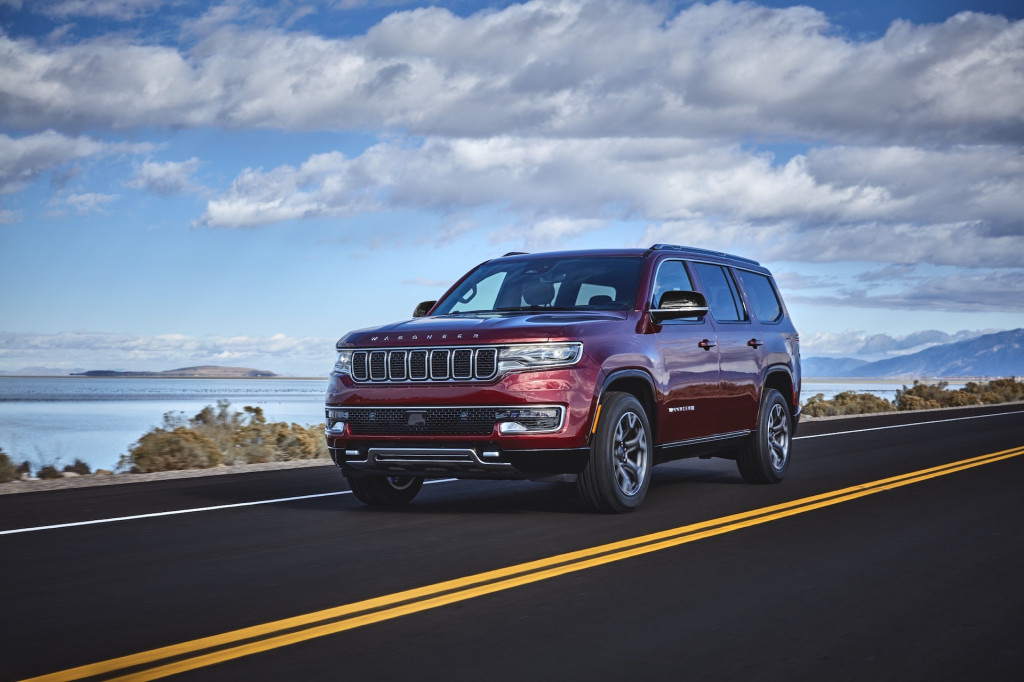
Jeep Wagoneer 4xe
Jeep this spring confirmed that it will add Wagoneer 4xe and Grand Wagoneer 4xe plug-in hybrids in 2025—unconfirmed as of yet whether for the 2025 or 2026 model year—with a version of the same “range-extended” plug-in hybrid system to be used in the Ramcharger. With the finesse of fully electric motor control at the wheels, it could conceivably boost the all-wheel-drive prowess of these big full-size SUVs.


